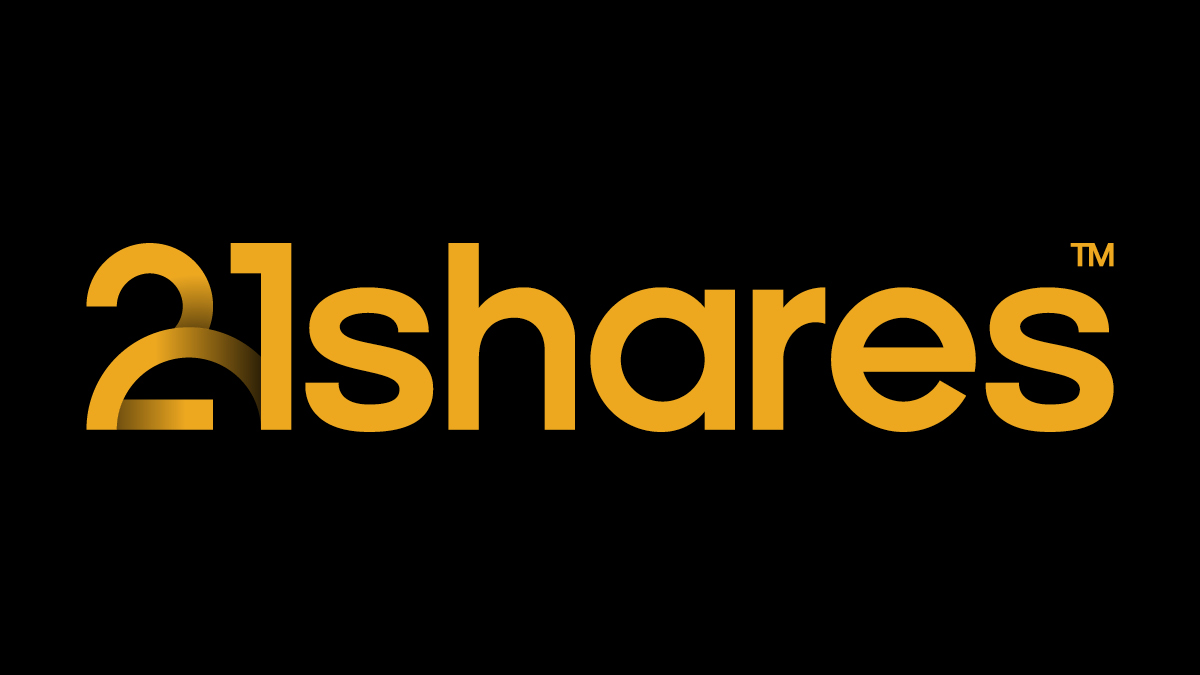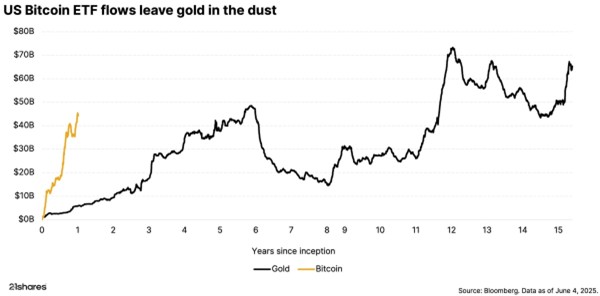I en färsk rapport avslöjade Food and Agriculture Organization (FAO) att de globala rispriserna steg till den högsta nivån på femton år i augusti.
Denna ökning drevs främst av det exportförbud som Indien, världens ledande risexportör, införde på viss utomeuropeisk försäljning av spannmål. Trots en allmän lättnad i de globala livsmedelspriserna i augusti upplevde rispriserna en betydande uppgång med 9,8 procent jämfört med föregående månad.
FAO tillskrev denna ökning till ”handelsstörningar i efterdyningarna av ett förbud mot export av vitt Indica-ris från Indien”, som beskrivs i deras månadsrapport.
Effekten av Indiens förbud mot risexport
Osäkerheten kring varaktigheten av Indiens exportförbud och oron för exportrestriktioner fick leverantörskedjans intressenter att antingen behålla lager, omförhandla kontrakt eller sluta ge priserbjudanden.
Följaktligen har detta begränsat det mesta av rishandeln till små volymer och tidigare överenskommen försäljning, enligt FN-organet.
Noterbart är att Indien står för mer än 40 procent av alla globala risleveranser, vilket gör detta exportförbud av yttersta vikt på den internationella rismarknaden.
Även om denna exportbegränsning förväntades påverka afrikanska nationer, Turkiet, Syrien och Pakistan, som redan brottades med hög inflation, hade dataanalysföretaget Gro Intelligence tidigare utfärdat en varning om dess potentiella konsekvenser.
FAOs prognoser indikerar att världens risbestånd är på väg att nå en rekordnivå på 198,1 miljoner ton, där Indien och Kina står för nästan tre fjärdedelar av denna volym, i linje med tidigare säsonger.
Detta lager representerar cirka 38 procent av den förväntade riskonsumtionen under samma period. Men resten av världen förväntas se en andra sammandragning i rad i de samlade risreserverna vid årsskiftet.
El Niño vädereffekt på rispriserna
Utöver oron kan väderfenomenet El Niño påverka kommande skördar negativt, vilket ytterligare påverkar den globala risproduktionen.
Oron på rismarknaden utspelar sig mot bakgrund av en gradvis nedgång i globala livsmedelspriser sedan de nådde sin topp förra året efter konflikten mellan stora spannmålsproducenter, Ryssland och Ukraina.
Globala livsmedelspriser sjönk trots en ökning av rispriserna
FAOs globala livsmedelsprisindex, som övervakar månatliga fluktuationer i internationella priser på olika livsmedelsprodukter, var i genomsnitt 121,4 punkter i augusti, vilket återspeglar en minskning med 2,1 procent jämfört med juli. Det är viktigt att notera att detta index var 24 procent lägre än sin topp i mars 2022.
Under augusti har priserna på spannmål, kött, mejeriprodukter och vegetabiliska oljor sjunkit.
Sockerpriserna vände sig dock mot trenden och steg med 1,3 procent på grund av ökad oro angående effekten av El Nino-fenomenet på sockerrörsgrödor, tillsammans med regn under genomsnittet i augusti och ihållande torra förhållanden i Thailand.
FAOs prognoser
FAO har också justerat sin prognos för världshandeln med spannmål för 2023 och 2024, och räknar med en minskning med 1,7 procent från föregående marknadssäsong till 466 miljoner ton.
Denna minskning tillskrivs olika faktorer, inklusive minskad export från Ukraina på grund av handelsstörningar kopplade till den pågående konflikten.
Dessutom har FAO sänkt sin prognos för världshandeln med ris sedan juli, med tanke på de intensifierade exportrestriktioner som Indien infört.
När man ser framåt, föreslår FAO att varje återhämtning i rishandeln 2024 sannolikt kommer att vara blygsam om Indiens exportrestriktioner kvarstår och om El Nino-fenomenet fortsätter att störa produktionen i andra asiatiska exportländer.

 Nyheter2 veckor sedan
Nyheter2 veckor sedan
 Nyheter4 veckor sedan
Nyheter4 veckor sedan
 Nyheter4 veckor sedan
Nyheter4 veckor sedan
 Nyheter2 veckor sedan
Nyheter2 veckor sedan
 Nyheter4 veckor sedan
Nyheter4 veckor sedan
 Nyheter2 veckor sedan
Nyheter2 veckor sedan
 Nyheter1 vecka sedan
Nyheter1 vecka sedan
 Nyheter1 vecka sedan
Nyheter1 vecka sedan



























